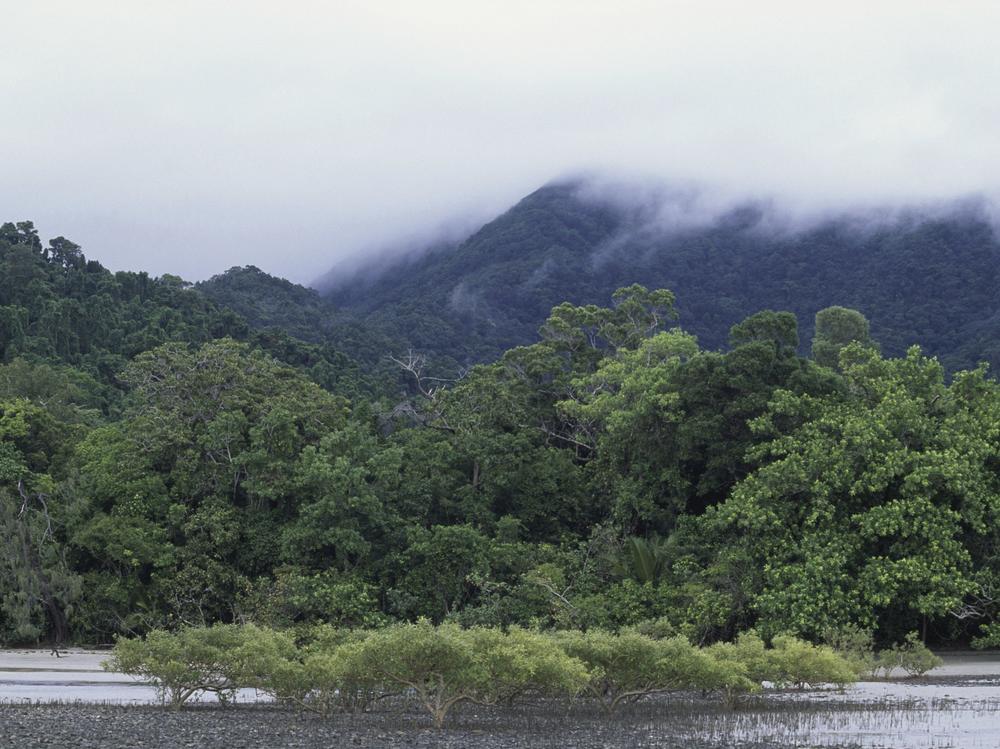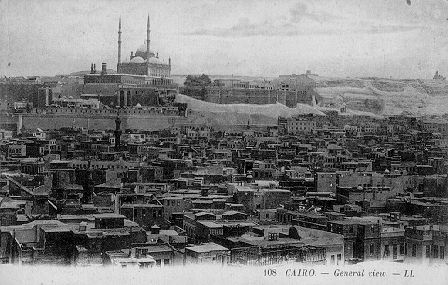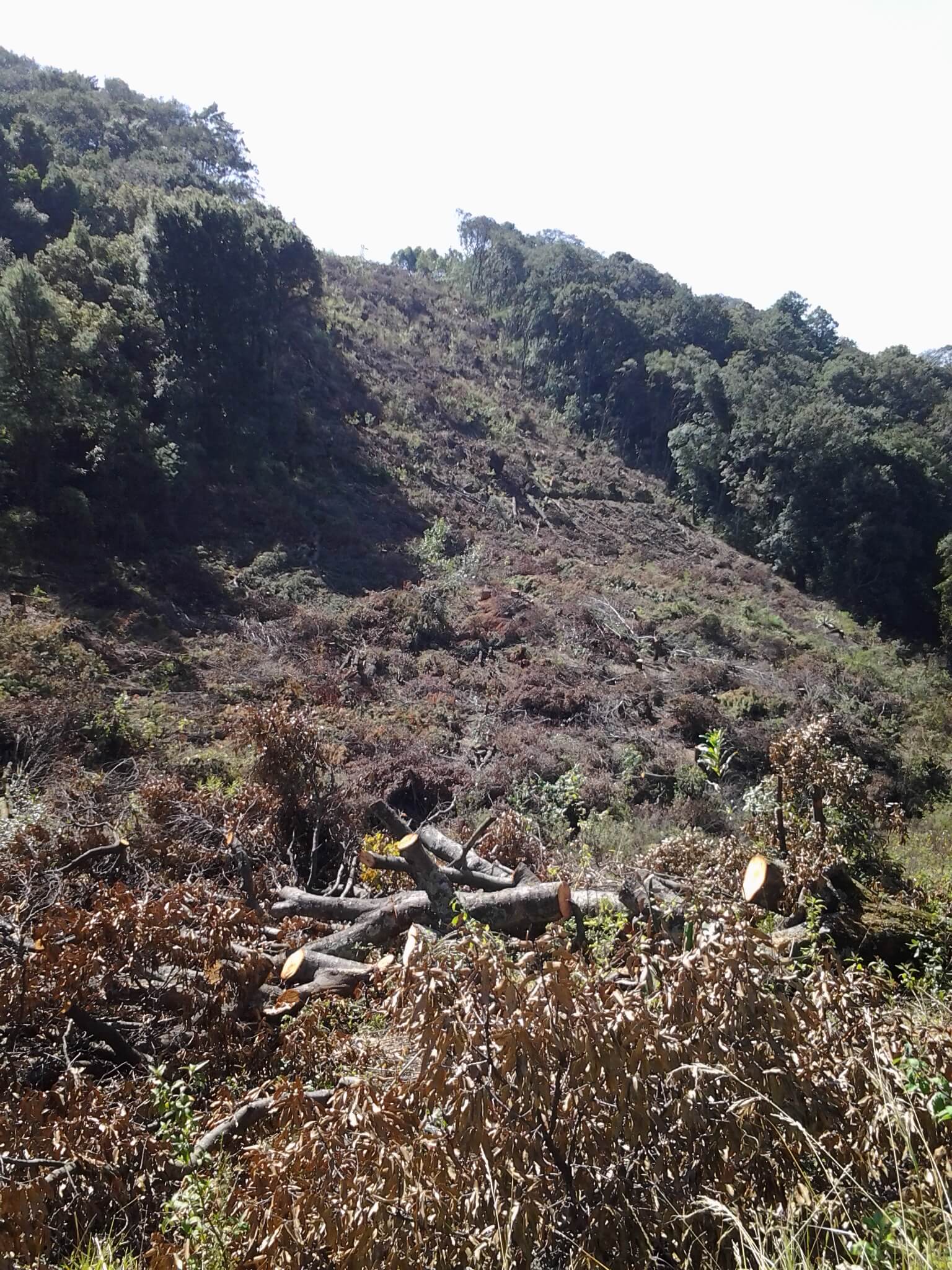
Grappling with the terrible vulnerability to sudden death felt by people across Iraq, Bilal, who grew up in Iraq himself, chose to make himself vulnerable to those who might wish him harm – to partly experience the pervasive fear of being suddenly, and without warning, attacked.

And they described the death of Bilal’s brother, Hajj, who was killed by a U.S. Bilal called the project “Domestic Tension.” In a resulting book, Shoot an Iraqi: Art, Life and Resistance Under the Gun, Bilal and co-author Kary Lydersen chronicled the remarkable outcome of the “Domestic Tension” project.Īlong with descriptions of constant paint-ball attacks against Bilal, they wrote of the internet participants who instead wrestled with the controls to keep Bilal from being shot. He was shot at more than 60,000 times by people from 128 countries. Anyone on the internet who chose to could shoot at him. In 2007, a similar concern about remote killing motivated New York artist Wafaa Bilal, now a professor at NYU’s Tisch Gallery, to lock himself for a month in a cubicle where, any hour of the day or night, he could be remotely targeted by a paint-ball gun blast. “Untitled (drone)” is meant to animate questions “about the use of drones, surveillance, and targeted killings in places far and near,” said Durant in a recent statement, and to ask “whether as a society we agree with and want to continue these practices.” Photo credit: Sam Durant, Untitled (drone), 2016-2021 (rendering). Nevertheless, he hopes it will generate discussion. The drone’s death-delivering features are omitted from Durant’s sculpture. Unlike the real Predator, it won’t carry two Hellfire missiles and a surveillance camera. military’s Predator killer drone, will sweep unpredictably over the people below, rotating atop its 25-foot-high steel pole, its direction guided by the wind. The “gaze” of the sleek, white sculpture by Sam Durant, called “Untitled, (drone),” in the shape of the U.S. In late May, a Predator drone replica, appearing suddenly above the High Line promenade at 30 th Street, might seem to scrutinize people below. Urban beauty, art, and the wonder of comradeship. Here walkers enjoy a park-like openness with fellow strollers they experience


At the High Line, a popular tourist attraction in New York City, visitors to the West Side of Lower Manhattan ascend above street level to what was once an elevated freight train line and is now a tranquil and architecturally intriguing promenade.


 0 kommentar(er)
0 kommentar(er)
